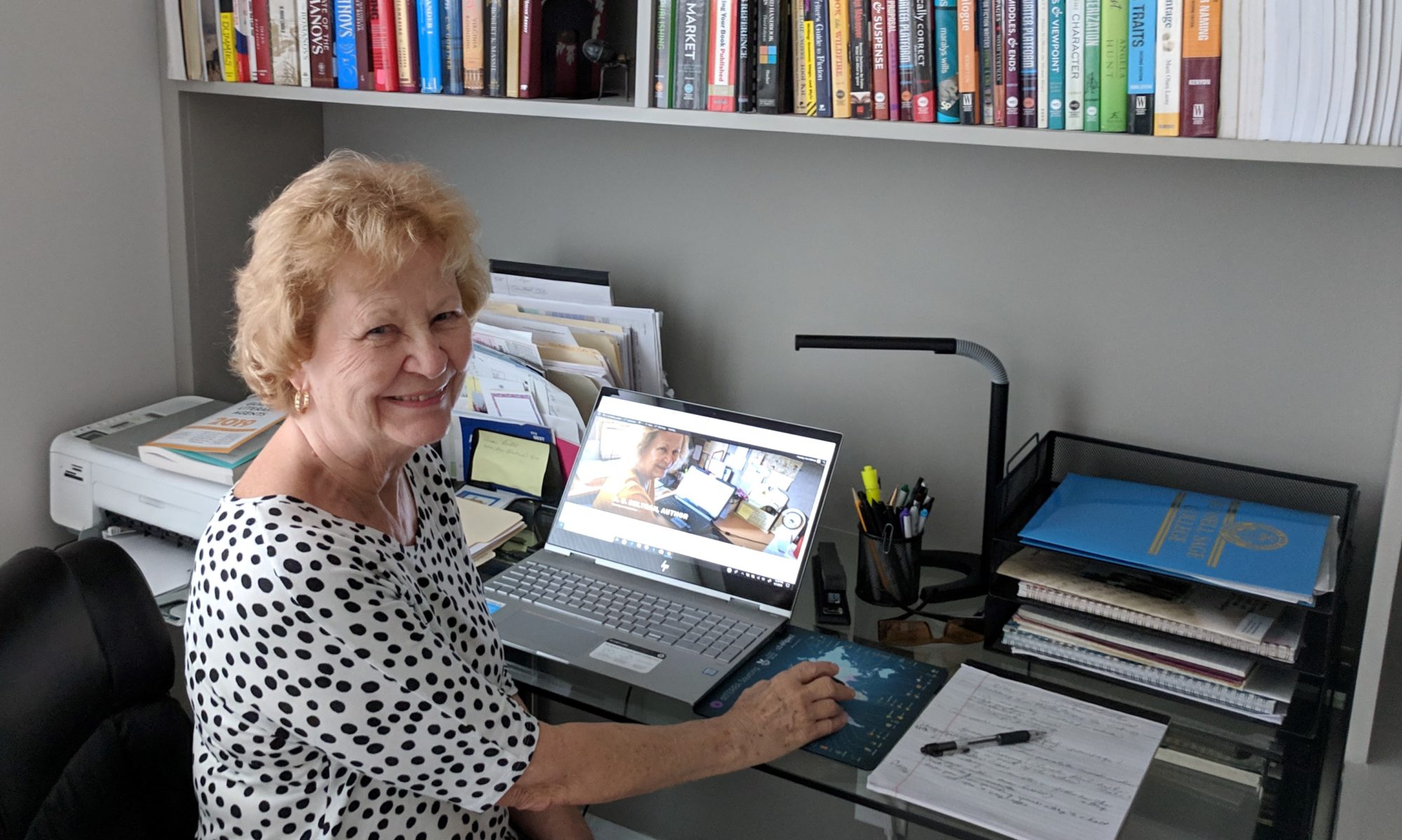My historical suspense novel, Living Banner, transitions the current Russian Federation government into a constitutional monarchy. Is this a possibility?
The Russian people enjoy a proud, but turbulent past. They’ve lived through the Time of Terrible Troubles 1584 – 1613, three hundred years of Romanov rule 1613 – 1917, a Civil War 1918 – 1921, communism in the Soviet Union (USSR) 1922 – 1991, and are currently governed by the (supposedly) democratic Russian Federation–1991 to present.
After all they have endured, the question is often debated:
Would the Russian people welcome a constitutional monarchy?
A Constitutional Monarchy is also called a “limited monarchy,” which is a monarchy governed according to a constitution that limits and defines the powers of the sovereign. There are many nations ruled by a constitutional monarchy. The larger ones are United Kingdom, Spain, Belgium, Sweden, and Japan—countries where the democratically elected parliaments and their leader (the prime minister) exercise power with a monarch remaining in a nominal position.
Here are some thoughts to consider:
1. For those of you who argue that Russia is currently a democratic nation with no need to change, consider Vladimir Putin who took over the presidency after the Federation’s first president, Boris Yeltsin, resigned. Since 2000, Putin began a steady re-orientation away from democracy and cooperation with the West towards authoritarian politics, attempting to shift the Russian public’s negative public opinion on his role model, Joseph Stalin. Are the people satisfied with the leadership of Vladimir Putin who, by presenting changes to the country’s federation constitution, opened the dictator door for remaining in office for the rest of his life?
2. For those of you who argue that Russia once was a constitutional monarchy in 1905 (October 1905 Manifesto) under Nicholas II, consider its limitations, brevity, and the emperor’s change of mind. Nicholas II reluctantly agreed to sign a Manifesto to dodge a looming revolution, but its initial success didn’t last long. By 1906, strikes and violence returned as the emperor reaffirmed his power. And, Nicholas never relinquished his autocratic role.
3. In order to reconstruct a monarchy, Russia’s president and Parliament would have to agree to add the monarchy as a third branch of government. Since there is often contention between the first two branches, adding another is a stretch.
4. In Robert Massie’s book, The Romanovs: The Final Chapter*, he presents the opinion of Irina Pozdeeva, a professor of religious history at Moscow University. She says:
“Believe me, for the people in Russia today, the tsarist idea does not exist at all. The people do not remember the Batushka Tsar (Little Father). Three generations of people, even four, have grown up without this image. It has remined only in fairy tales and in historical memory. For the intelligentsia, for certain circles of an intellectual spirit, this idea has been preserved, it has a magnificent color, but it is very small. The return of the Romanovs? No. It would be an attempt to turn the river back in the opposite direction.”
*Robert K. Massie, The Romanovs: The Final Chapter (New York: Ballantine Books, 1995), 279-280.
If you agree with Professor Pozdeeva, Massie’s book, remember that it was released in 1995, the very same year the Imperial symbols started to reappear in Russia. These are some of the symbols and leaders connected to the Romanov legacy being honored in the Russian Federation today.

- The Russian Federation’s Coat of Arms. The two main elements of Russian state symbols of a two-headed eagle and a mounted figure slaying the dragon predate the reign of Peter the Great (1682 – 1725).

- Russia’s flag of three bold stripes (white, dark blue, and red) was flown in the 18th century and is very similar to the flag flown during the last days of Imperial Russia during World War I (1914 – 1917)—which carried the insignia of the double-headed eagle in the upper left corner.

- More than 25 monuments in honor of Tsar Nicholas II have been erected in Russian cities since the collapse of the Soviet Union (1991), and billboards displayed with the message “Forgive us, our sovereign!” (Natalya Poklonskaya, a deputy in Russia’s State Duma, who represents the annexed territory of Crimea where this statue is located.)

- Nicholas II and his family were canonized by Russian Orthodox Church in 2000 as “passion bearers”—believers who, in imitation of Christ, endured suffering and death at the hands of political enemies.
Other statues, remembrances, and restorations of former emperors’ reigns continue to reappear after the purge of communism: Alexander II, (The Liberator Tsar), Alexander III (Tsar Peacemaker), and many others. A statue to Alexander III was dedicated in Crimea by Vladimir Putin, 11/18/2017.
Will the Russian people “turn the river back in the opposite direction,” by insisting on equal representation?
What are your thoughts?
